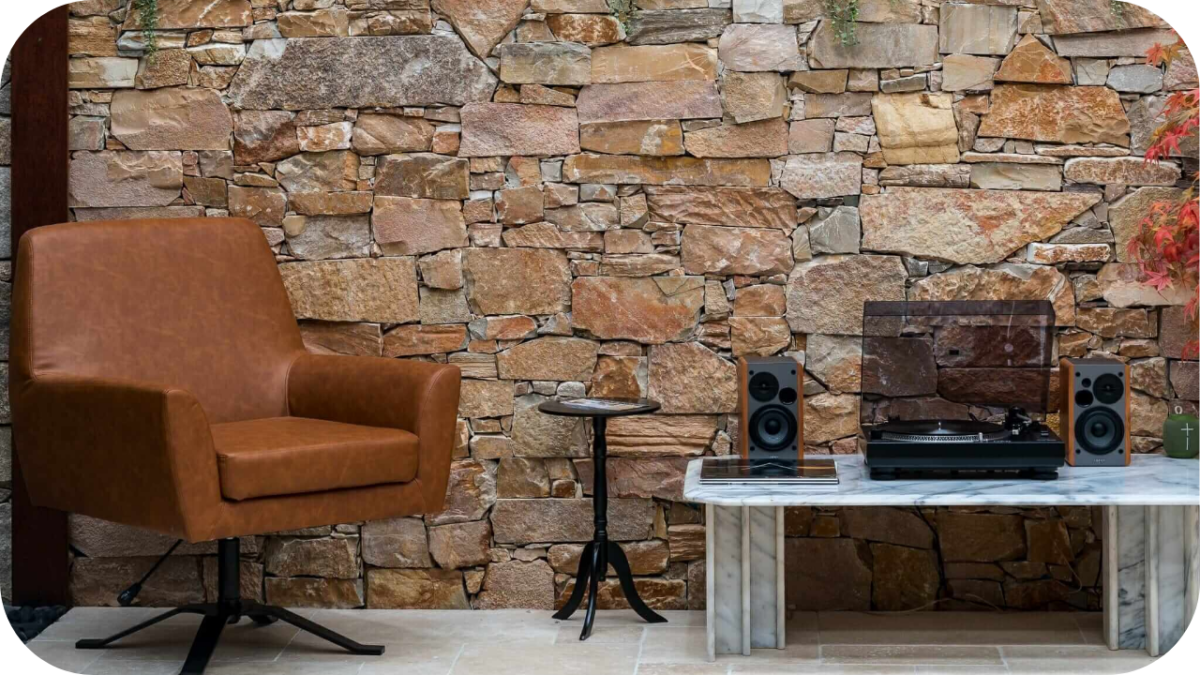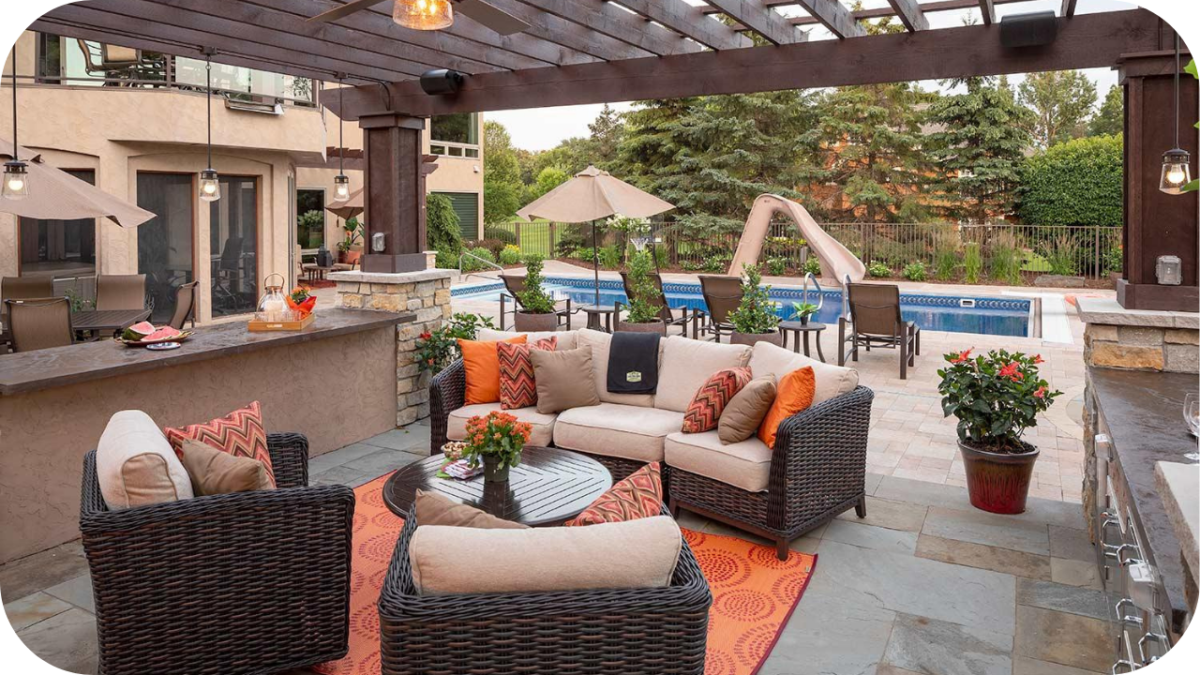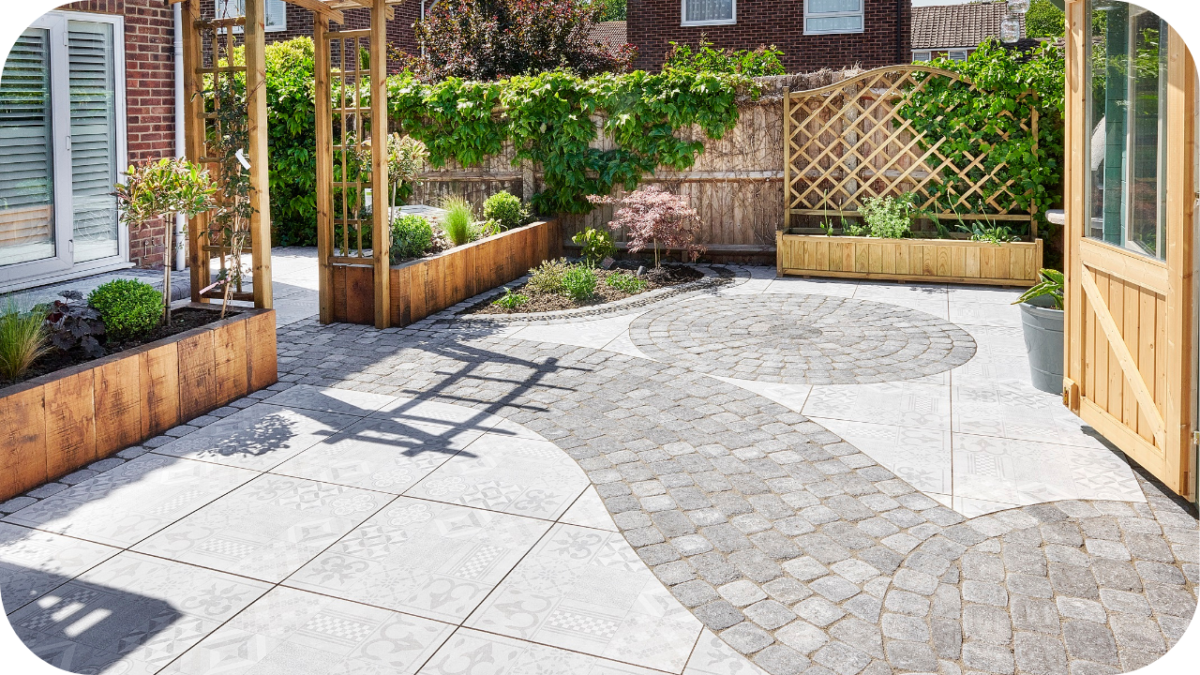Quartz Stone for Sophisticated Architectural Designs
Quartz stone has become a cornerstone in modern architecture, prized for its refined appearance, exceptional durability, and design flexibility.
Whether used in sleek residential interiors or bold commercial facades, quartz offers a sophisticated aesthetic that effortlessly blends function with style. Its non-porous nature and wide range of finishes make it ideal for both indoor and outdoor use.
Architects and designers continue to embrace quartz for its ability to deliver clean lines, visual harmony, and long-term performance in luxury and contemporary projects.
What Is Quartz Stone?
Quartz stone is a natural material quarried from the earth, composed mainly of hard quartz crystals. Known for its durability and unique, shimmering textures, it’s used widely in architectural walling and facades.
Unlike engineered quartz, natural quartz features organic colour variations and raw elegance, making it ideal for sophisticated designs in both residential and commercial settings.
Why Quartz Appeals to Architects and Designers
Quartz is preferred in projects where surface consistency, durability, and style matter most. Below are the main reasons architects and designers specify quartz across various applications.
1. Natural Texture and Distinctive Visual Depth
Natural quartz features subtle veining, crystal flecks, and tonal variation. This creates visually rich, one-of-a-kind surfaces ideal for adding depth and elegance to modern or heritage designs.
2. Versatile Across Contemporary and Classic Styles
With its earthy tones and mineral clarity, natural quartz suits a wide range of architectural styles, from minimalist façades to rustic garden walls, offering timeless beauty with textural interest.
3. Perfect for Statement Architectural Features
Natural quartz brings a refined, tactile quality to exterior cladding, fireplaces, and landscape walls. Its crystalline structure reflects light beautifully, enhancing visual appeal in high-end design contexts.
4. Organic Variation for Authentic Design
Each piece of natural quartz is inherently unique. This variation is valued in architectural design, offering authenticity and character that engineered products cannot replicate.
5. Durability with Natural Weather Resistance
Naturally dense and low-porous, quartz performs exceptionally in outdoor settings. It resists weathering, heat, and moisture, making it a low-maintenance yet high-impact material for long-term use.
Top Architectural Applications of Quartz Stone
Quartz is selected for both form and function in spaces that demand long-lasting performance and refined style. Here are the most common architectural uses for quartz in modern design projects.
1. Interior Walls and Feature Panels
Natural quartz panels introduce rich texture and organic depth to stairwells, entryways, and living areas. Their crystalline finish and subtle tonal variation create strong visual interest while complementing both contemporary and timeless design schemes.
2. Fireplace Surrounds and Accent Walls
With excellent heat resistance and a tactile, layered surface, natural quartz is ideal for framing fireplaces or highlighting key walls. Its earthy beauty enhances ambient warmth and architectural focus in interior spaces.
3. Bathroom Feature Walls and Niche Accents
Natural quartz adds a spa-like, grounded quality to bathrooms, offering resistance to moisture while contributing texture and colour variation. It is commonly used in vertical surfaces to create elegant, low-maintenance wet zones.
4. Outdoor Facades and Architectural Cladding
Highly durable and weather-resistant, natural quartz performs beautifully in harsh outdoor conditions. It retains colour and texture over time, making it perfect for exterior facades, entry columns, or garden walls in residential and commercial settings.
5. Commercial Walls and Landscape Integration
In commercial environments, natural quartz is used in lobbies, pillars, and courtyard walls to express quality and permanence. Its organic tones suit brand-neutral palettes while providing resilience in high-traffic or exposed areas.
Popular Quartz Varieties Used in Architecture
Designers often choose quartz based on tone, scale, and finish. These varieties are frequently specified for their ability to elevate both functional surfaces and architectural visual statements.
- Shoreham Quartz: Light grey with soft peach undertones, ideal for warming neutral interiors. Perfect for benchtops, vanities, or panels in calm spaces seeking a natural, balanced feel.
- Blue Ridge Quartz: Cool grey with golden flecks that reflect light subtly. A refined choice for minimalist or light-toned designs needing elegant variation and a touch of softness.
- Wyndham Quartz: Golden-brown with an earthy tone, suited for rustic or biophilic styles. Enhances façades, staircases, and benchtops with natural warmth and visual grounding.
- Minas Quartz: Cool grey in large-format slabs, perfect for modern designs needing tonal consistency. Ideal for achieving seamless transitions across walls, splashbacks, and surface applications.
- Blanco Quartz: Crisp grey with an irregular, natural pattern. Adds dynamic texture to entryways, splashbacks, or staircases in clean-lined, contemporary architectural spaces.
- Beachport Quartz: Soft beige with ivory veining, evoking a coastal mood. Best suited to light-filled interiors like kitchens, bathrooms, and relaxed breezeways with ocean-inspired tones.
- Kakadu Quartz: Deep charcoal with warm mineral specks, suited for bold interiors and statement facades. Adds richness and depth to industrial or earth-toned environments.
- Como Quartz: Mid-grey with ash-blue undertones, bringing serenity to coastal or Scandinavian-inspired spaces. Ideal for walls, splashbacks, or benchtops needing a cool, calming presence.
Design Trends Featuring Quartz Stone
Quartz continues to evolve in response to modern design sensibilities. Below are key trends shaping how quartz is being used across both residential and commercial architectural environments.
1. Earthy Neutrals
Soft greys, creams, beiges, and sandy tones are leading current palettes. These grounded hues reflect the stone’s natural origins and pair beautifully with timber, brass, and concrete, offering warmth and sophistication in exterior and interior spaces.
2. Textured Feature Walls
Architects are favouring quartz with rough-split or honed finishes for accent walls. These textured surfaces bring dimension, visual weight, and tactile richness, particularly in entryways, staircases, and outdoor entertaining zones.
3. Integrated Indoor-Outdoor Flow
Natural quartz is increasingly used to link interior and exterior surfaces. Matching walling materials across thresholds creates seamless transitions, especially in open-plan homes where garden walls and internal cladding share the same stone finish.
4. Monochromatic Layering
Designers are layering tonal variations of the same quartz colour family across architectural elements. Whether combining quartz walling with pale stone paving or internal details, this trend enhances visual harmony while adding texture.
5. Bold Veining and Colour Variations
Distinctive natural veining and mineral deposits are being celebrated rather than concealed. These features make quartz ideal for creating one-of-a-kind focal points in outdoor facades, fireplace walls, or commercial entry statements.
6. Organic and Asymmetrical Forms
Rather than rigid layouts, natural quartz is being arranged in freeform or irregular ashlar patterns. These organic shapes soften architectural lines and highlight the inherent uniqueness of each stone piece.
How to Match Quartz Colours with Design Themes
Selecting the right quartz colour reinforces your design theme. The tips below help guide you in matching tones to specific interior styles for a cohesive architectural finish.
1. Use Cool Greys and Whites
Crisp whites and light greys in natural quartz bring a fresh, coastal feel to interiors. These shades reflect light beautifully and pair well with pale timber, minimalist joinery, and clean architectural lines.
2. Pair with Warm Beige Tones
Beige, honey, and soft gold quartz tones introduce warmth and softness. Perfect for classic or transitional homes, they complement brass accents, hardwood floors, and traditional detailing while adding timeless depth.
3. Go for Earthy Neutrals
Stone greys, taupes, and muted browns found in natural quartz work beautifully in rustic or nature-inspired spaces. These hues balance raw materials like timber, linen, and concrete, supporting calm, biophilic design.
4. Embrace Bold Veining
Quartz stone with strong natural veining offers visual contrast and movement. Use these dynamic patterns in fireplace surrounds, feature walls, or entrance columns to create striking, sculptural moments in architectural spaces.
5. Match Tones with Flooring
Coordinating quartz cladding or panelling with adjacent flooring materials enhances flow across a space. Focus on matching undertones in stone and timber rather than exact colours to achieve cohesive, lasting harmony.
Maintenance Tips for Quartz Stone
Proper installation ensures quartz performs well and maintains its finish. Here are key tips to guide a smooth and long-lasting quartz installation.
- Keep surfaces clean and free of debris: Regularly remove dust, leaves, and organic buildup using a soft brush or low-pressure hose. For interior walls, wipe gently with a damp cloth to prevent grime accumulation in textured areas.
- Use appropriate cleaning solutions: Stick to pH-neutral or stone-safe cleaners. Avoid acidic or abrasive products, which can degrade sealers or damage the natural crystal surface. Rinse thoroughly to remove residue after cleaning.
- Inspect for weathering or staining: Check exposed areas periodically for efflorescence, watermarks, or biological growth. Address any stains early with suitable treatments and reapply stone sealer if surfaces show signs of absorption.
- Seal regularly based on exposure: Outdoor or high-traffic installations may require sealing every 1 to 2 years. Follow the manufacturer’s guidelines and ensure surfaces are dry and clean before application for optimal protection.
- Protect from impact and abrasion: Avoid dragging metal tools or furniture across quartz surfaces. Use protective pads or felt beneath pots, décor, or equipment to prevent scratching or chipping in everyday use.
- Maintain joints and transitions: Check silicone or epoxy joints for wear and replace as needed. Keeping edges sealed helps prevent water ingress, maintains clean lines, and extends the life of the installation.
Conclusion
Quartz stone offers a balance of elegance, durability, and design flexibility. Its consistent quality and timeless appeal make it ideal for sophisticated residential and commercial architectural applications, inside or out.
For premium quartz varieties and professional guidance, get in touch with the team at Splendour in Stone to choose the right solution for your next design.





